In a former aircraft factory, Gucci’s new creative hub takes flight
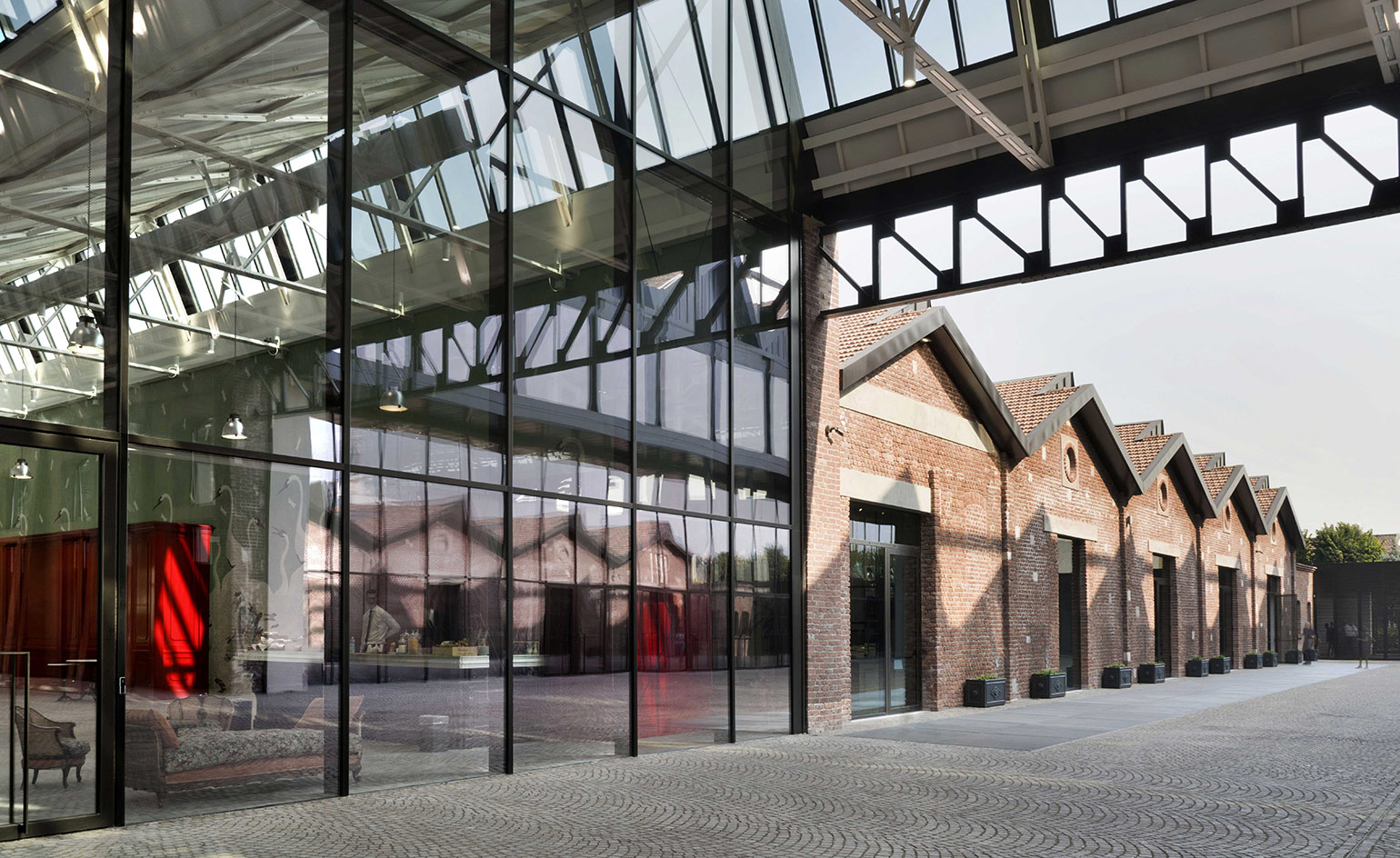
The Caproni aeronautical factory complex has been restored, renovated and refreshed by Piuarch to create the Gucci Hub, a new Milanese home for the brand. Combining contemporary architecture with the original factory buildings – which date back to 1915, just six years prior to the founding of Gucci in 1921 – the modern renovation of the Caproni site is a celebration of Gucci and its culture, as currently driven by creative director Alessandro Michele (who designed the Hub's interiors).
Rolling out over 35,000 sq m, the complex encompasses offices, showrooms, a venue for shows, and photography and graphic studios, offering a space distinct from the Gucci HQ in Florence and the design office in Rome. The architects struck a balance between preserving the original structures, built for aircraft manufacturing, and designing a contemporary space for a modern workforce. A line of sheds, full of natural light and with exposed brick facades, were repurposed and the vast 3,850 sq m hangar was renovated to host shows.
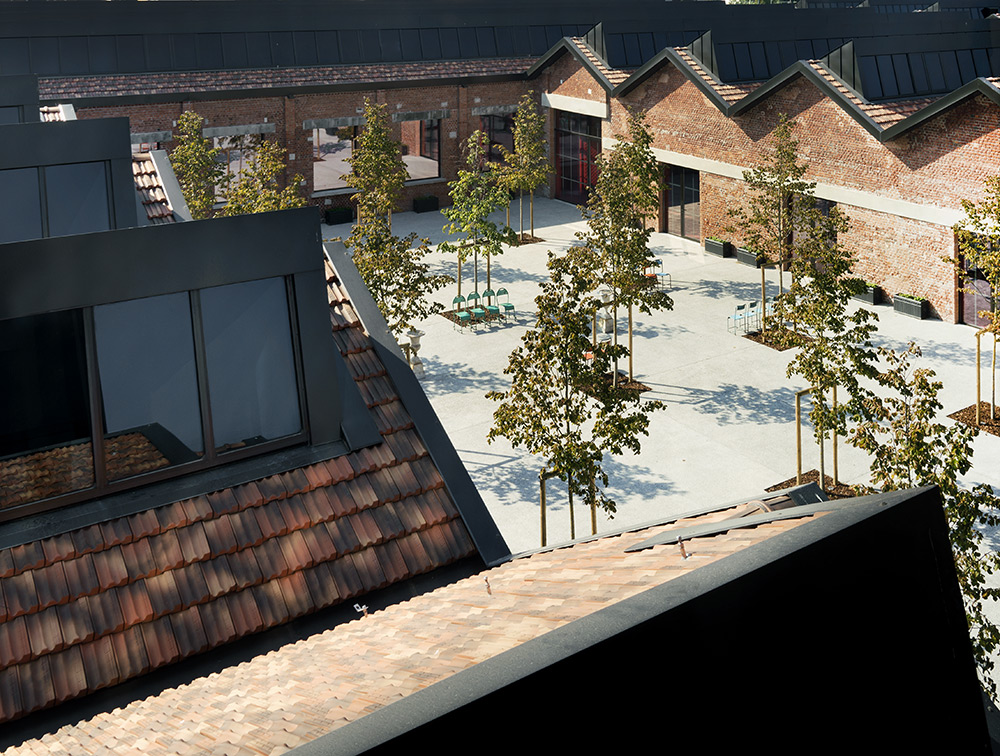
With renewable energy sourced from a photovoltaic solar system, the buildings are smart and sustainable
Piuarch’s ‘industrial archaeology’ involved demolishing building additions from the 1960s and 70s, which made way for lime-tree-lined patios connecting the site to the public promenade, and a central plaza with vertical gardens enhancing the working environment for the 250 Gucci employees based at the hub. A new six-storey office block is at the heart of the design, its glass facade and dark metal brise-soleil harmonising with the original metal structural parts and crowning, cast in the same material across the red brick walls.
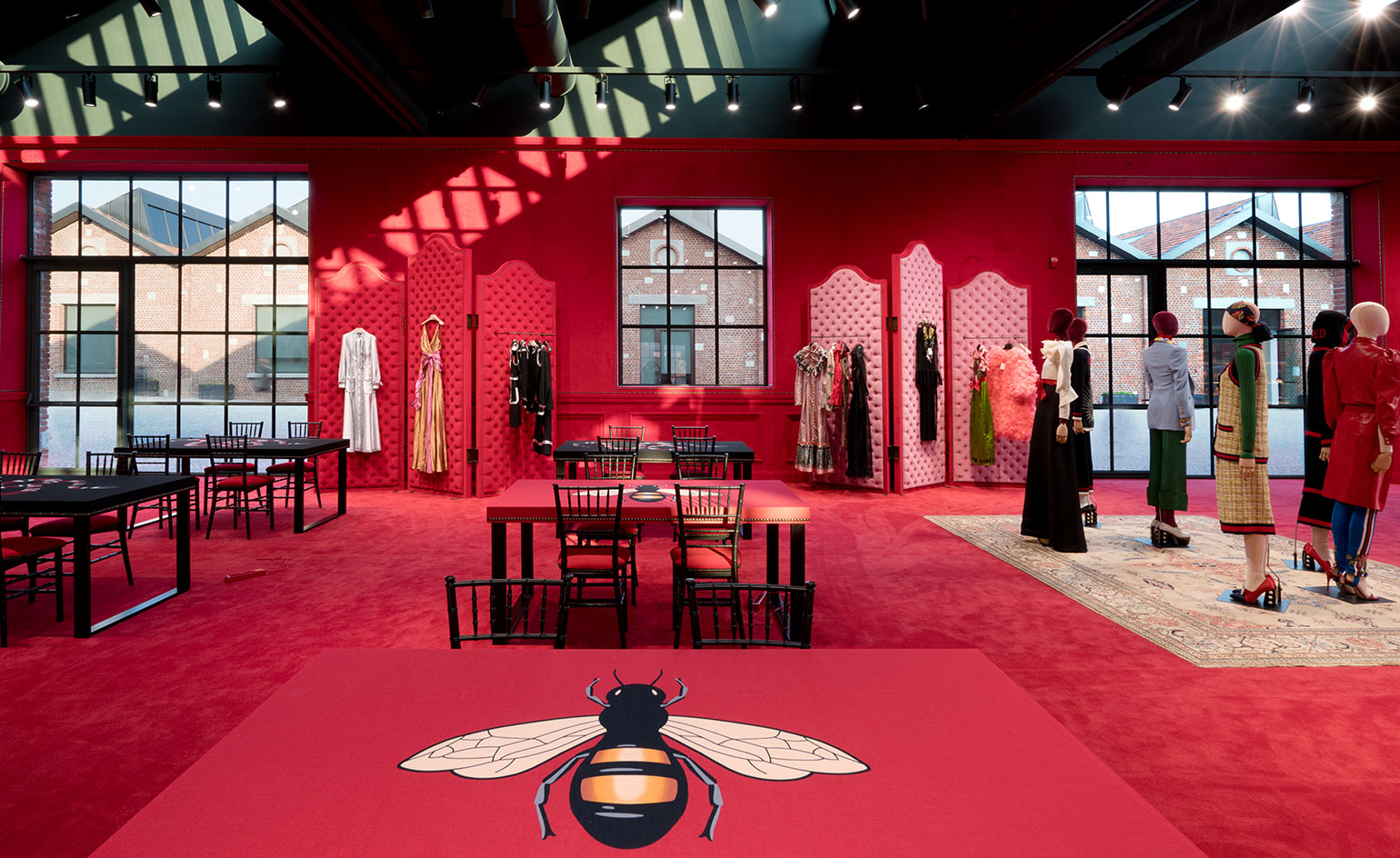
The interiors reflect Gucci creative director Alessandro Michele’s eclectic aesthetic
It’s impossible not to compare the project to the nearby Fondazione Prada – located in a former gin distillery 15 minutes drive away, established in 1910 and renovated by OMA in 2015. While the two locations have broad conceptual similarities (they're both renovations of old industrial buildings), the Gucci Hub preserves the industrial spirit of its past through the uniform simplicity of the structures and the strong continuous zigzag of the shed roofs.
Through its collaborations with other fashion houses (such as Dolce & Gabanna, and Givenchy), Piuarch has demonstrated its deft ability to communicate a brand identity through a building. With no small success, the firm has conceived a contemporary vision within an historic setting for the Gucci Hub.
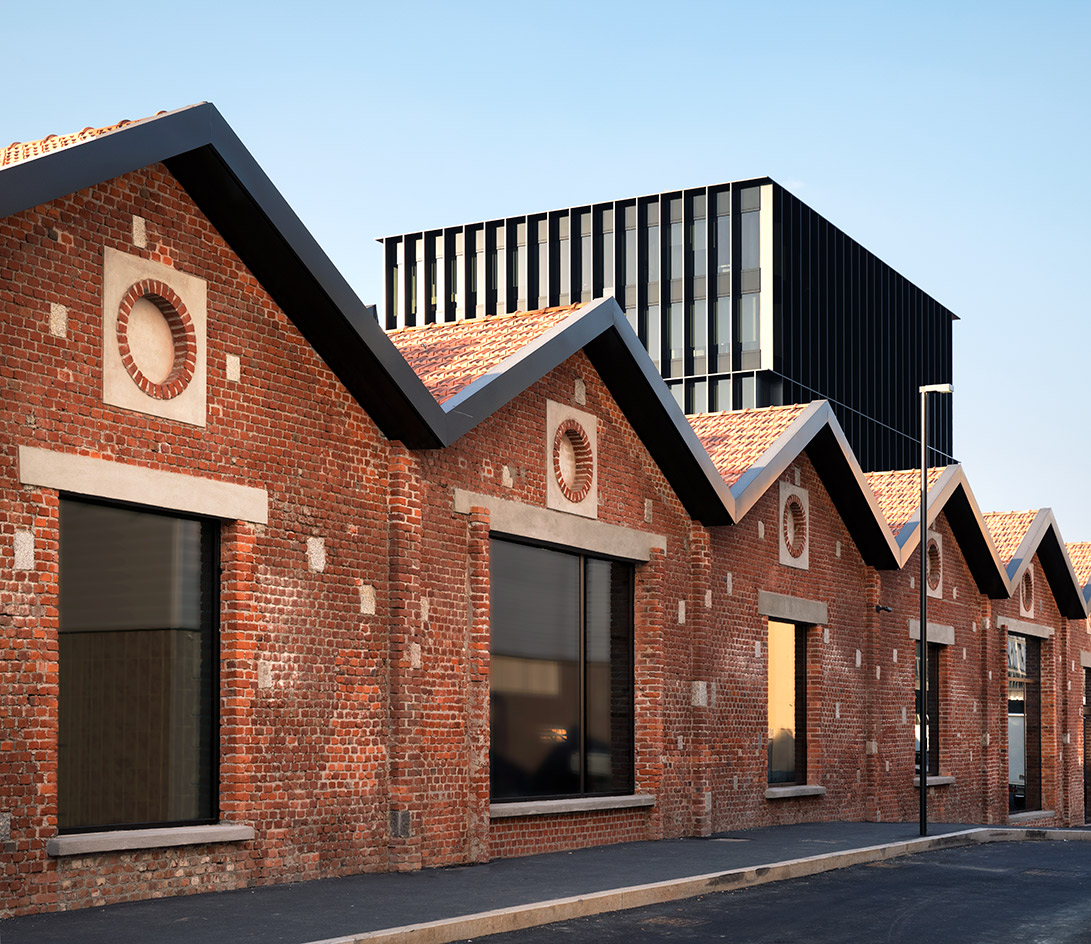
After Gucci acquired the site at 79 Via Mecenate in 2013, Piuarch led a meticulous restoration of the original Caproni factory buildings
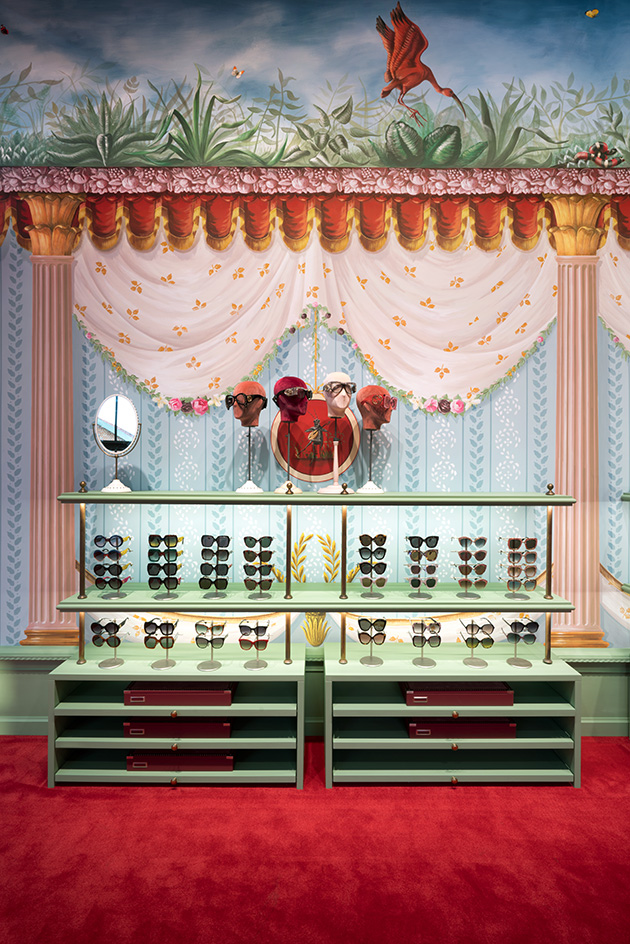
The designers sought to create a defined personality for each space
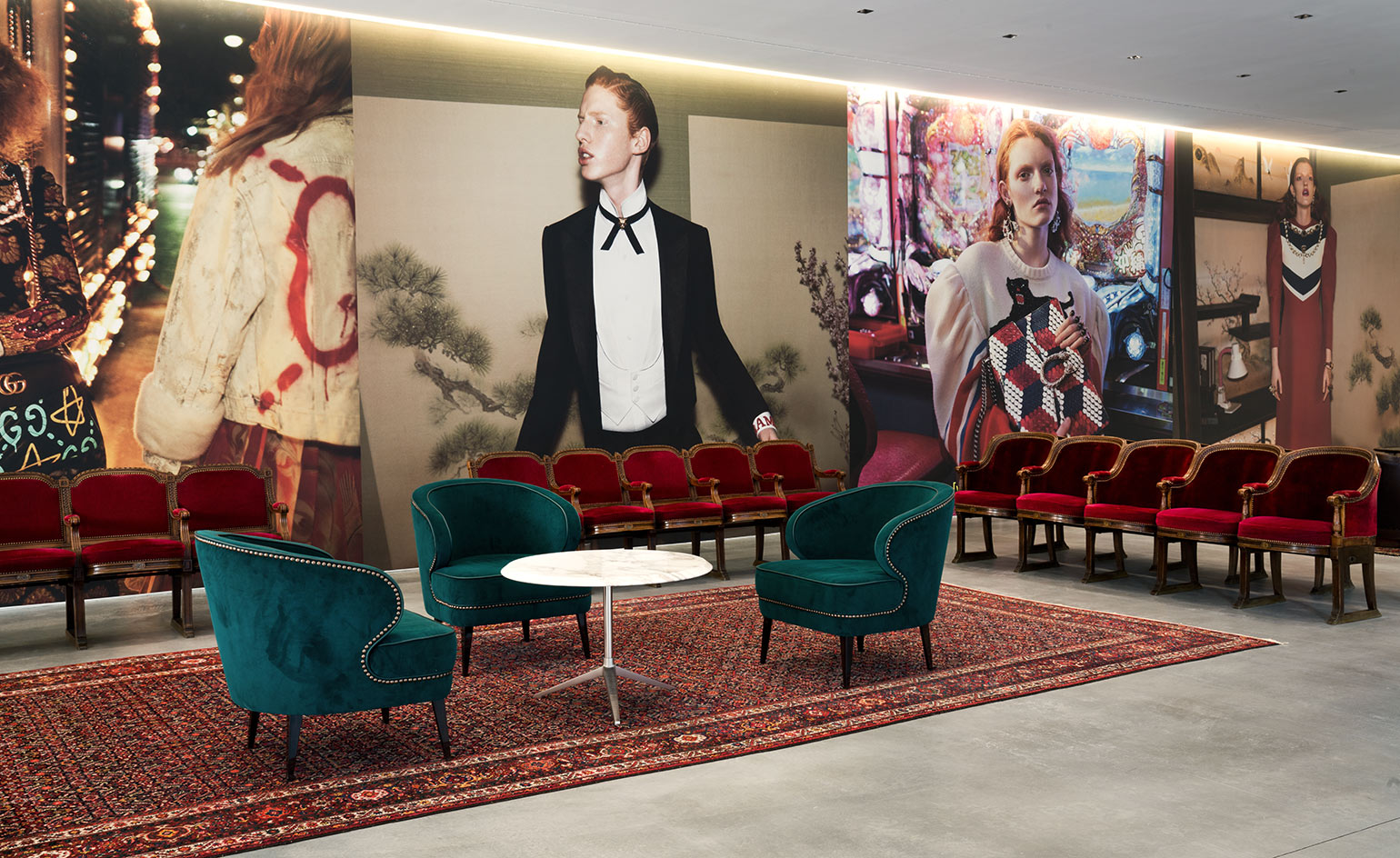
The Gucci Hub is well equipped for press and visitors
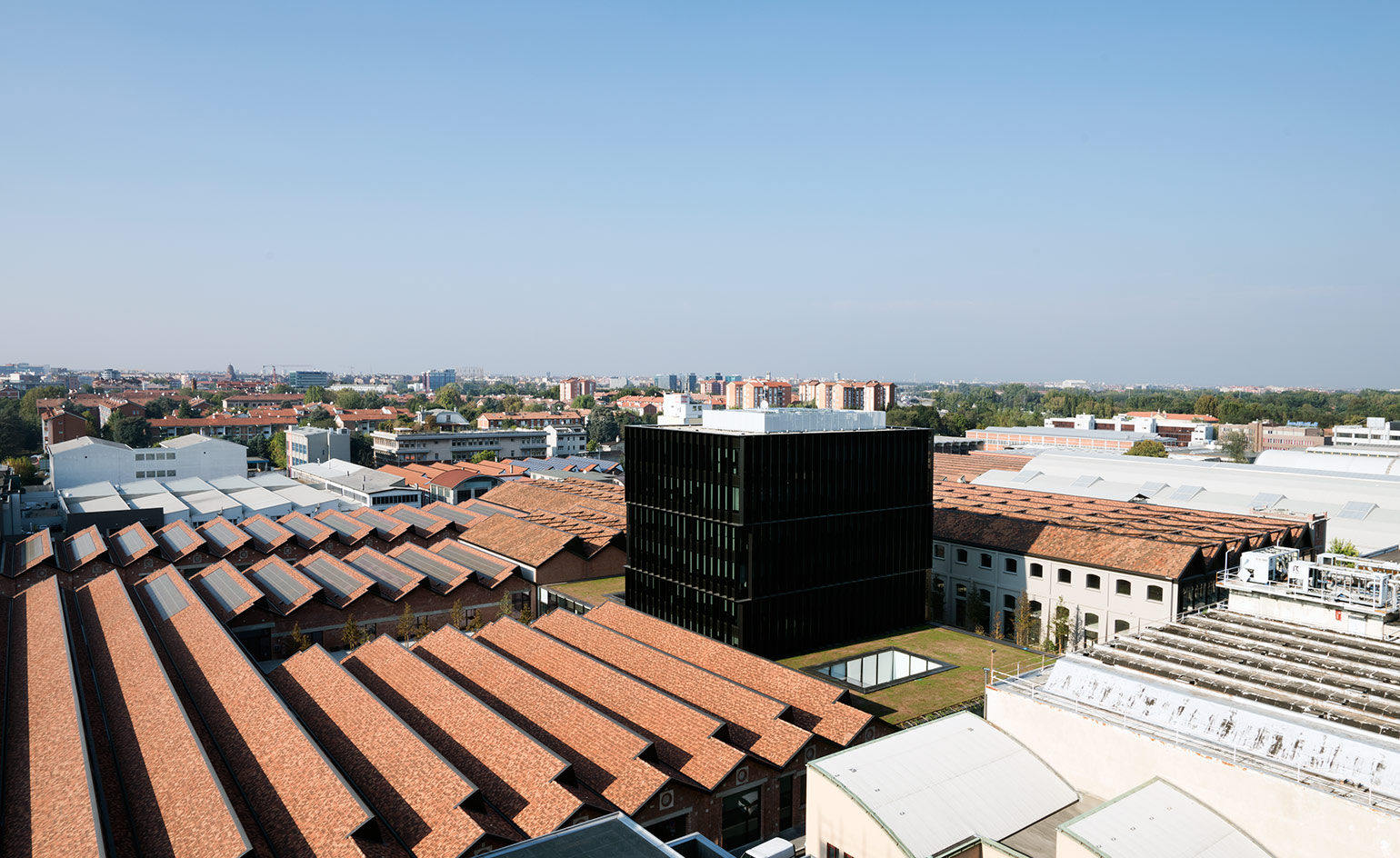
The Caproni factory was an aircraft production centre until 1950
INFORMATION
For more information, visit the Piuarch website and the Gucci website
Receive our daily digest of inspiration, escapism and design stories from around the world direct to your inbox.
Harriet Thorpe is a writer, journalist and editor covering architecture, design and culture, with particular interest in sustainability, 20th-century architecture and community. After studying History of Art at the School of Oriental and African Studies (SOAS) and Journalism at City University in London, she developed her interest in architecture working at Wallpaper* magazine and today contributes to Wallpaper*, The World of Interiors and Icon magazine, amongst other titles. She is author of The Sustainable City (2022, Hoxton Mini Press), a book about sustainable architecture in London, and the Modern Cambridge Map (2023, Blue Crow Media), a map of 20th-century architecture in Cambridge, the city where she grew up.
-
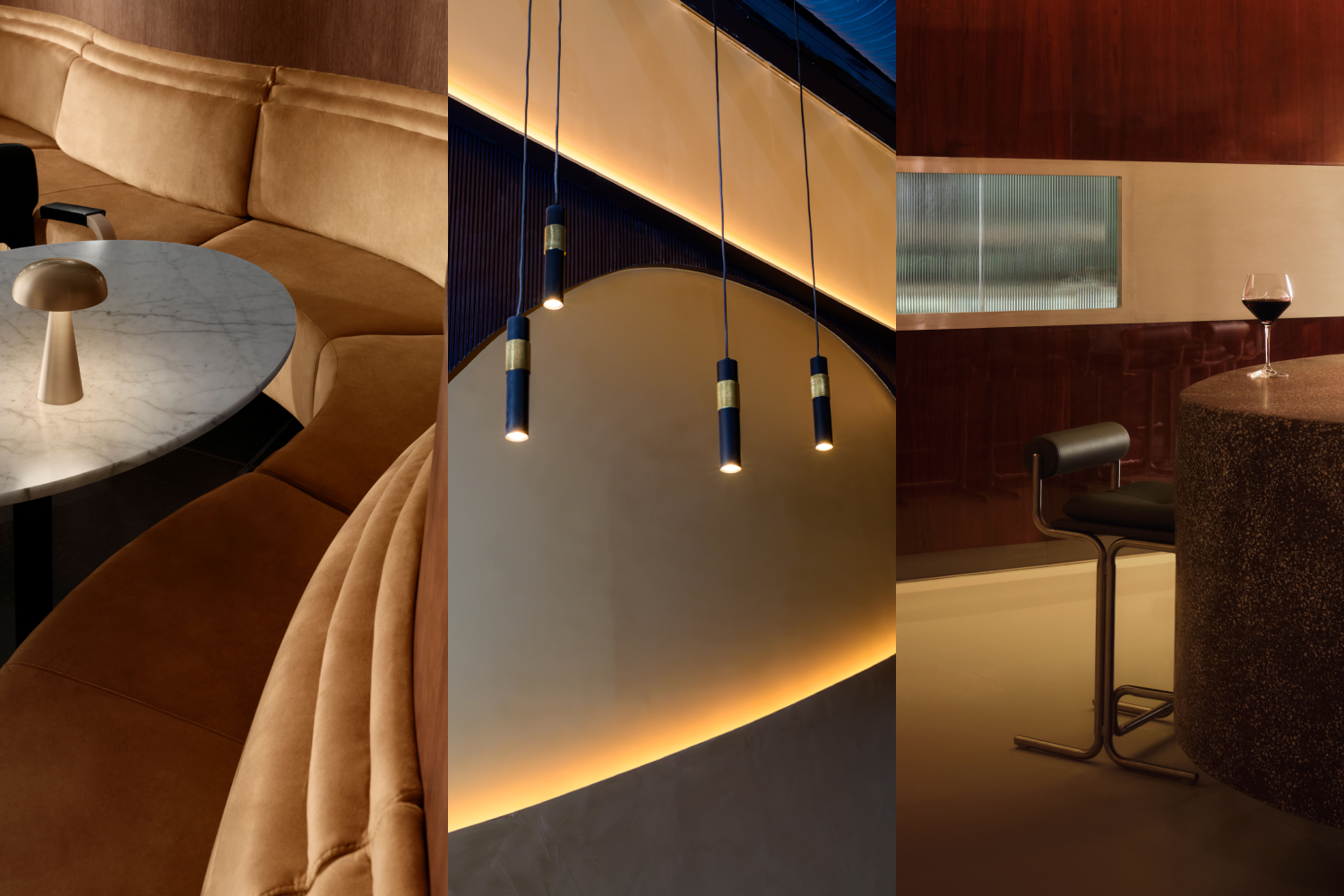 Form... and flavour? The best design-led restaurant debuts of 2025
Form... and flavour? The best design-led restaurant debuts of 2025A Wallpaper* edit of the restaurant interiors that shaped how we ate, gathered and lingered this year
-
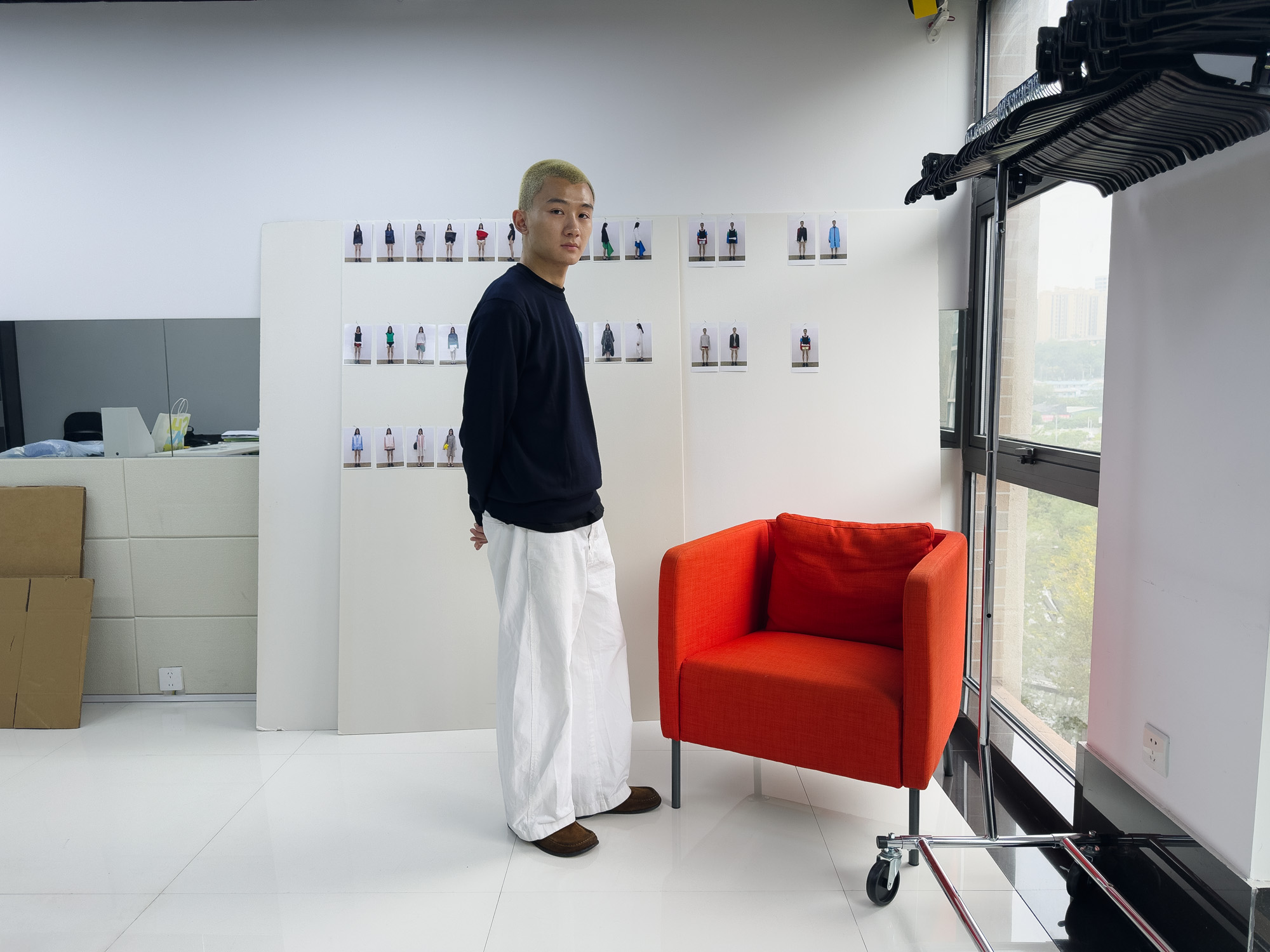 The rising style stars of 2026: Zane Li, fashion’s new minimalist
The rising style stars of 2026: Zane Li, fashion’s new minimalistAs part of the January 2026 Next Generation issue of Wallpaper*, we meet fashion’s next generation. First up, Zane Li, whose New York-based label LII is marrying minimalism with architectural construction and a vivid use of colour
-
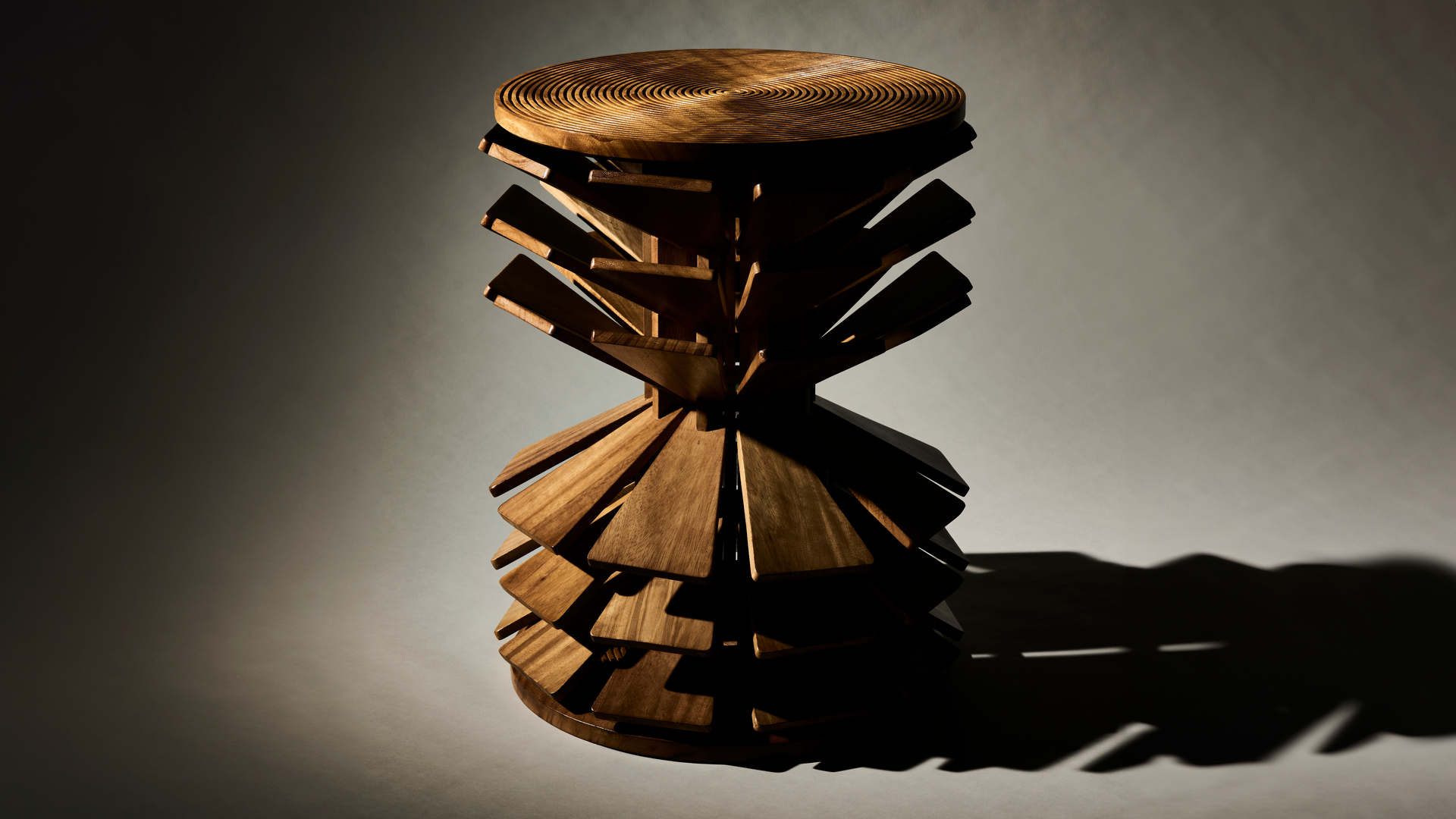 The work of Salù Iwadi Studio reclaims African perspectives with a global outlook
The work of Salù Iwadi Studio reclaims African perspectives with a global outlookWallpaper* Future Icons: based between Lagos and Dakar, Toluwalase Rufai and Sandia Nassila of Salù Iwadi Studio are inspired by the improvisational nature of African contemporary design
-
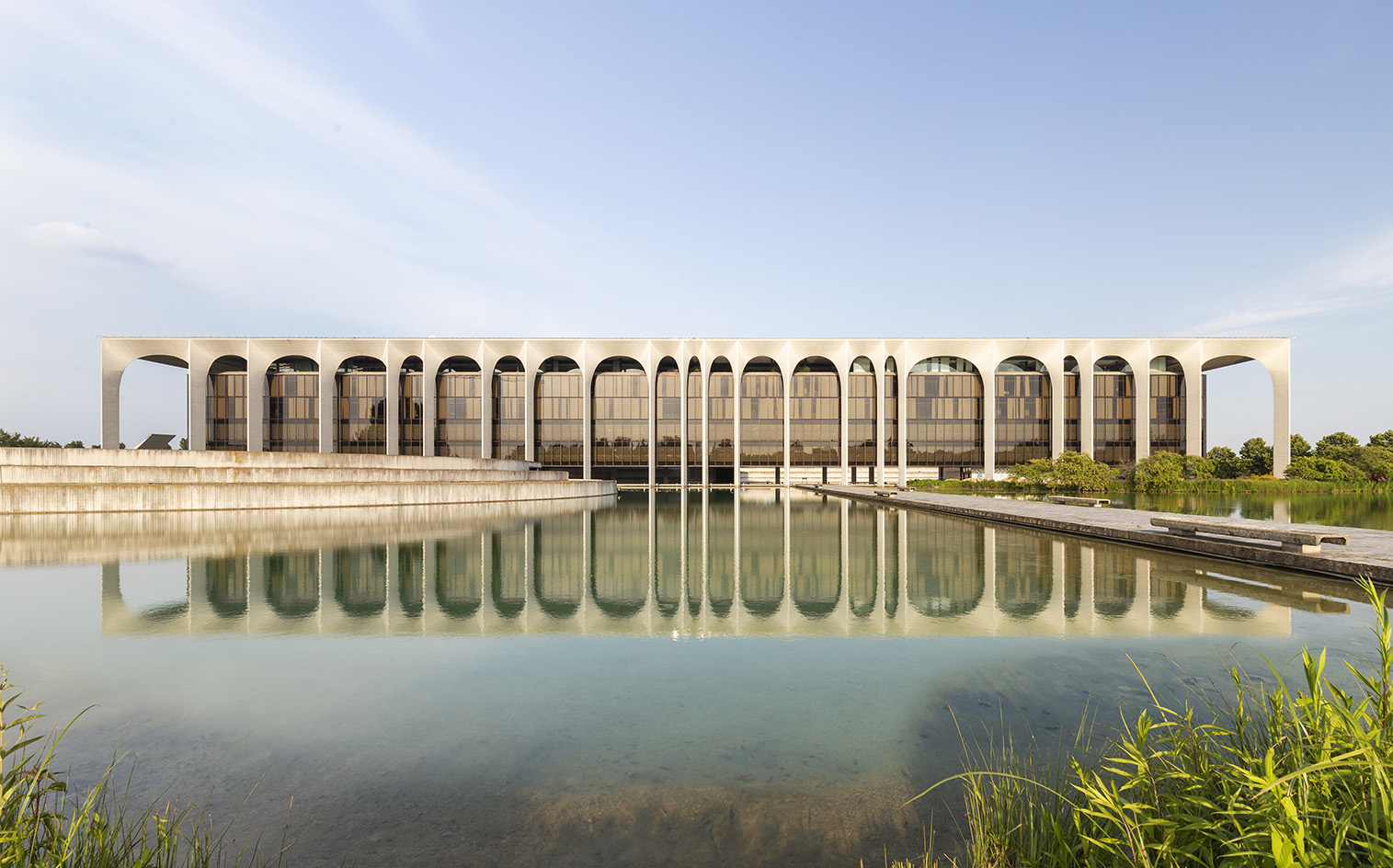 Modernist Palazzo Mondadori’s workspace gets a playful Carlo Ratti refresh
Modernist Palazzo Mondadori’s workspace gets a playful Carlo Ratti refreshArchitect Carlo Ratti reimagines the offices in Palazzo Mondadori, the seminal work by Brazilian master Oscar Niemeyer in Milan
-
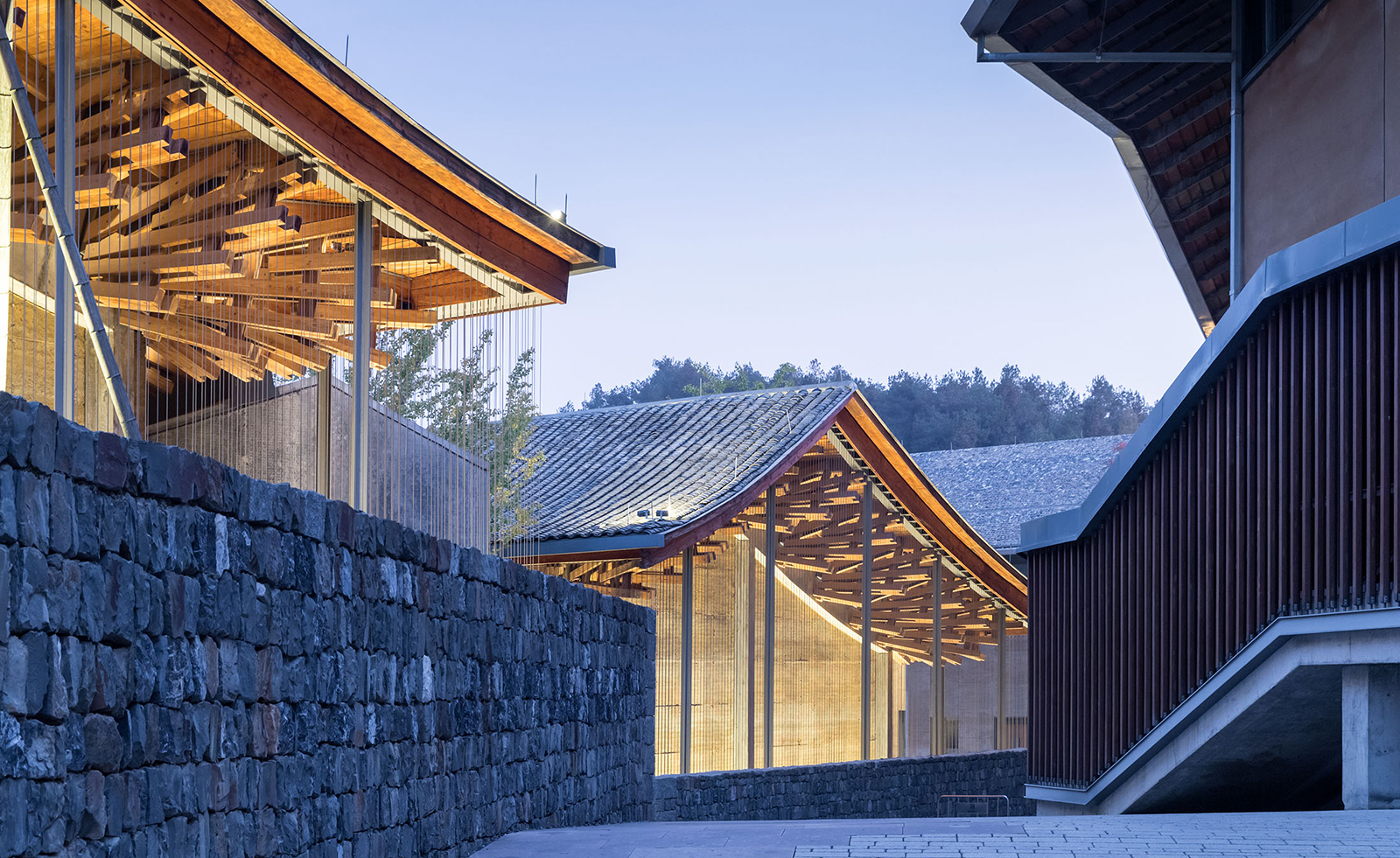 Wang Shu and Lu Wenyu to curate the 2027 Venice Architecture Biennale
Wang Shu and Lu Wenyu to curate the 2027 Venice Architecture BiennaleChinese architects Wang Shu and Lu Wenyu have been revealed as the curators of the 2027 Venice Architecture Biennale
-
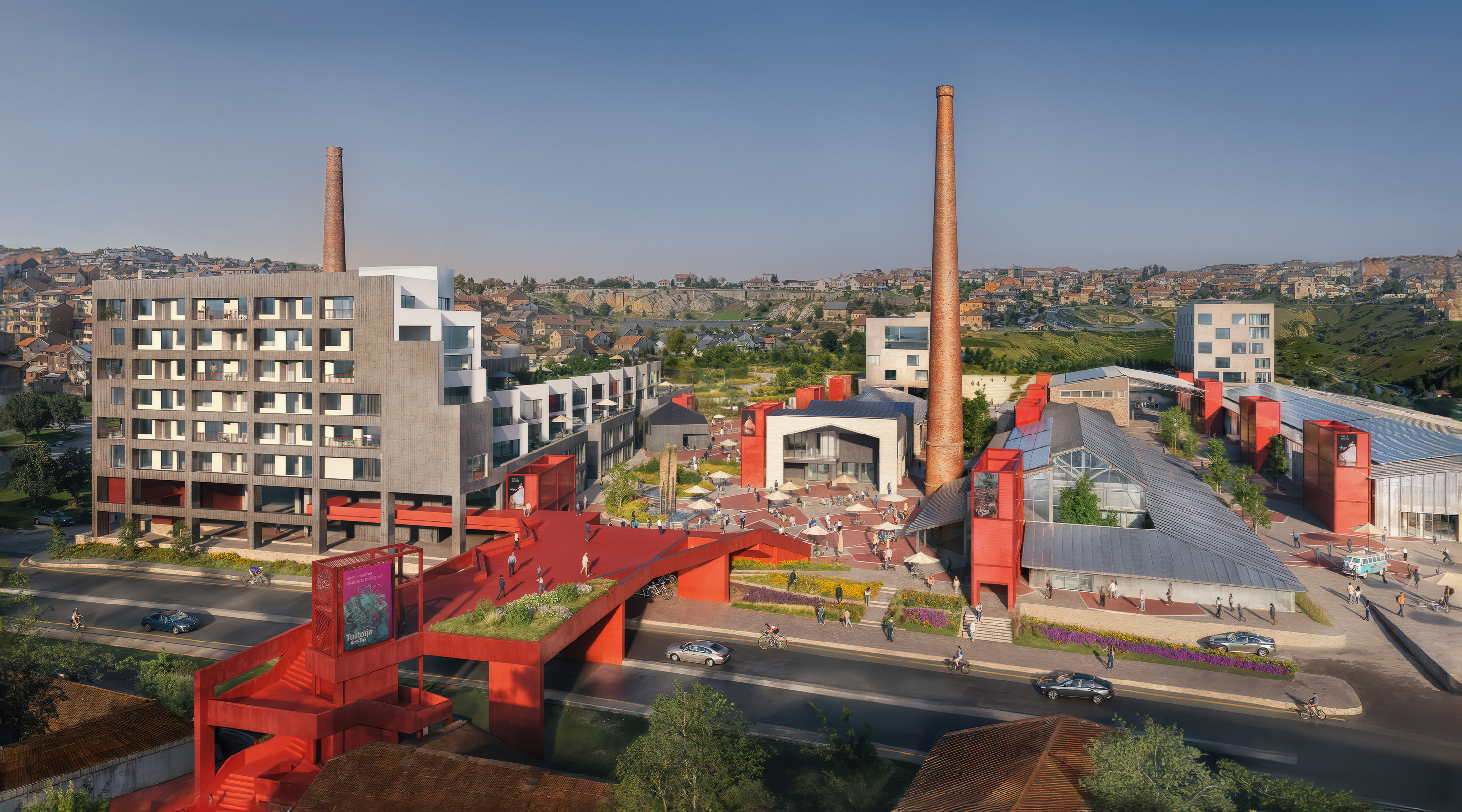 At the Holcim Foundation Forum and its Grand Prizes, sustainability is both urgent and hopeful
At the Holcim Foundation Forum and its Grand Prizes, sustainability is both urgent and hopefulThe Holcim Foundation Forum just took place in Venice, culminating in the announcement of the organisation's Grand Prizes, the projects especially honoured among 20 previously announced winning designs
-
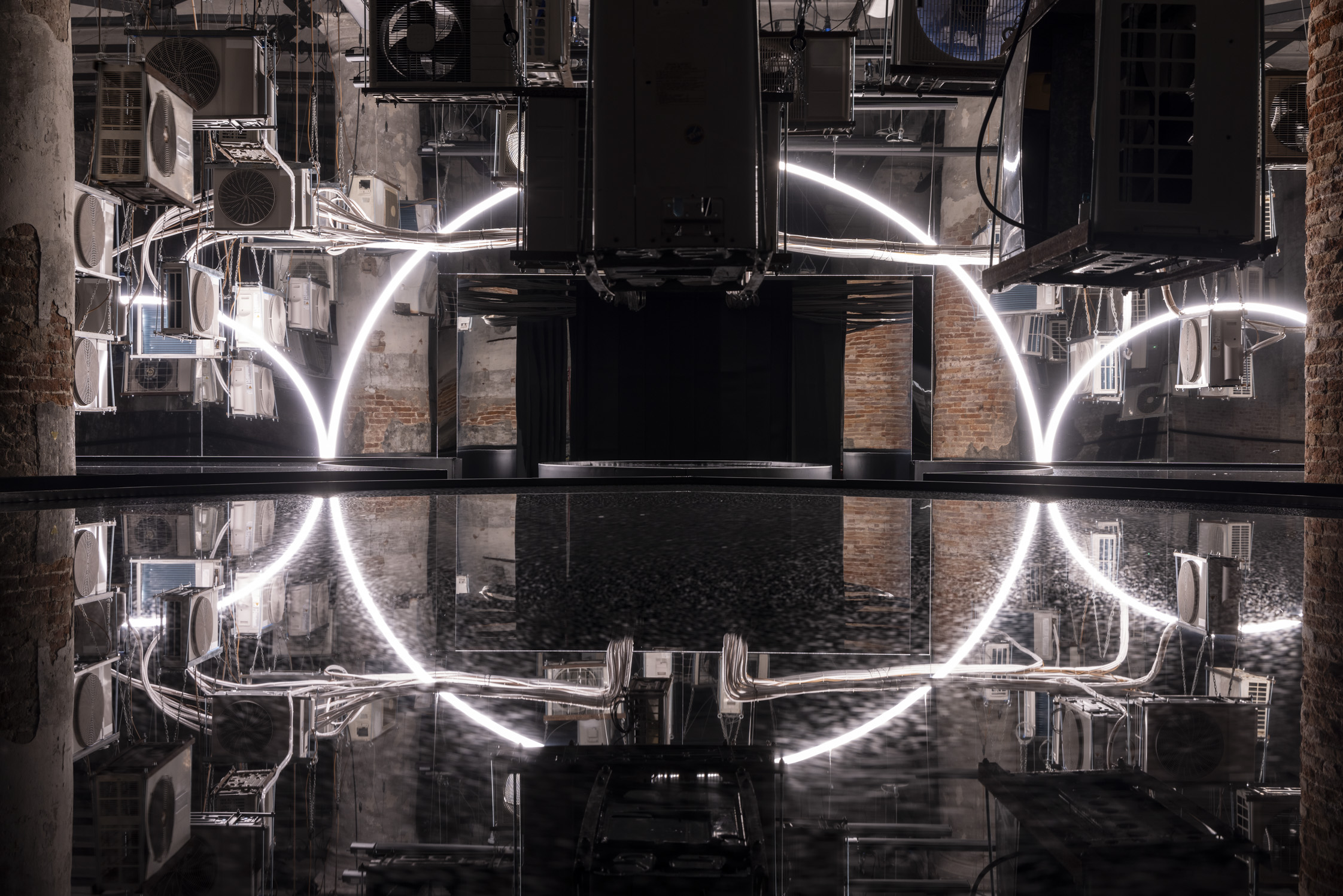 Carlo Ratti reflects on his bold Venice Architecture Biennale as it closes this weekend
Carlo Ratti reflects on his bold Venice Architecture Biennale as it closes this weekendThe Venice Architecture Biennale opens with excitement and fanfare every two years; as the 2025 edition draws to a close, we take stock with its curator Carlo Ratti and ask him, what next?
-
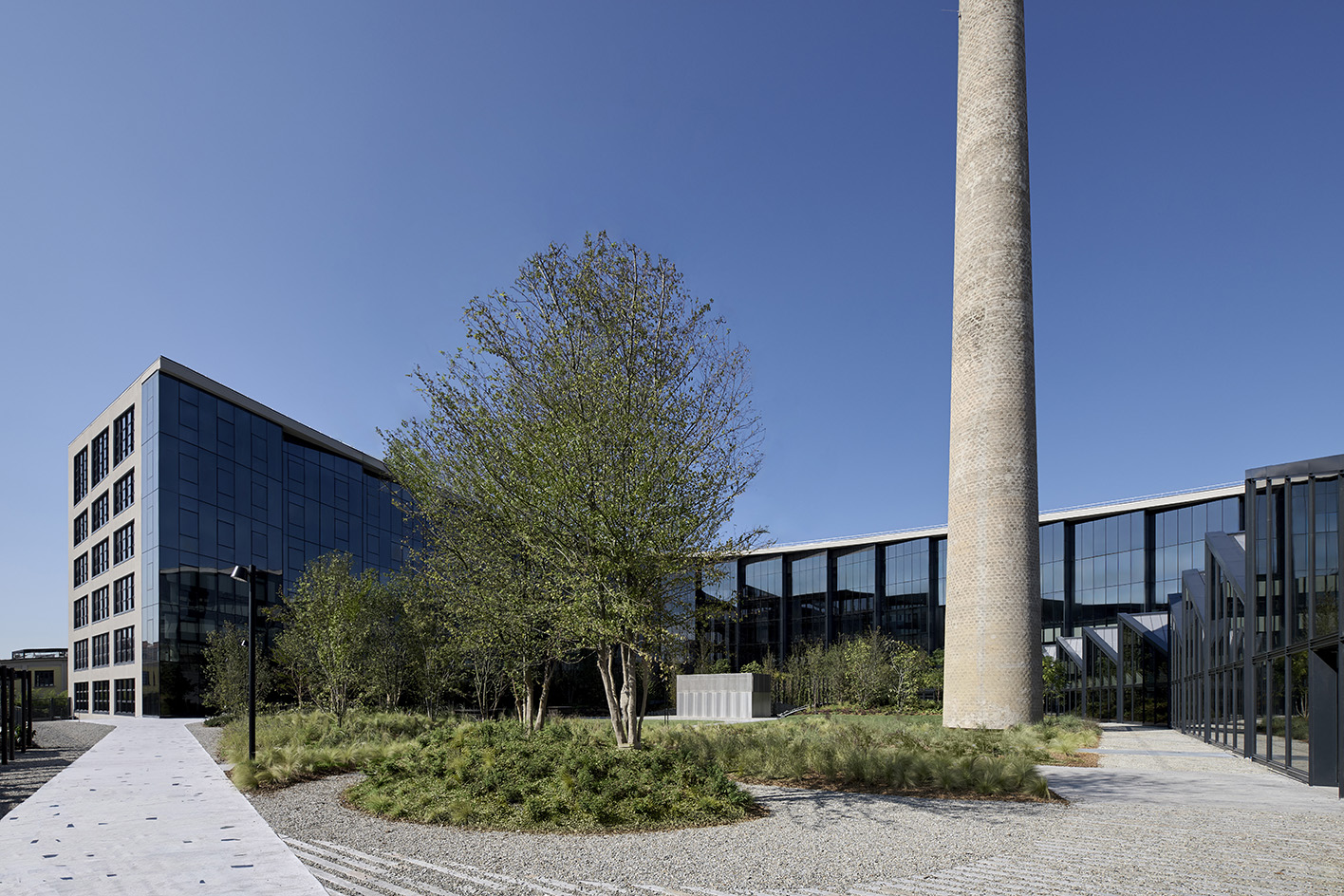 Step inside Casa Moncler, the brand’s sustainable and highly creative Milanese HQ
Step inside Casa Moncler, the brand’s sustainable and highly creative Milanese HQCasa Moncler opens its doors in a masterfully reimagined Milanese industrial site, blending modern minimalism and heritage, courtesy of ACPV Architects Antonio Citterio Patricia Viel
-
 Aldo Frattini Bivouac is a mountain shelter, but not as you know it
Aldo Frattini Bivouac is a mountain shelter, but not as you know itA new mountain shelter on the northern Italian pre-Alp region of Val Seriana, Aldo Frattini Bivouac is an experimental and aesthetically rich, compact piece of architecture
-
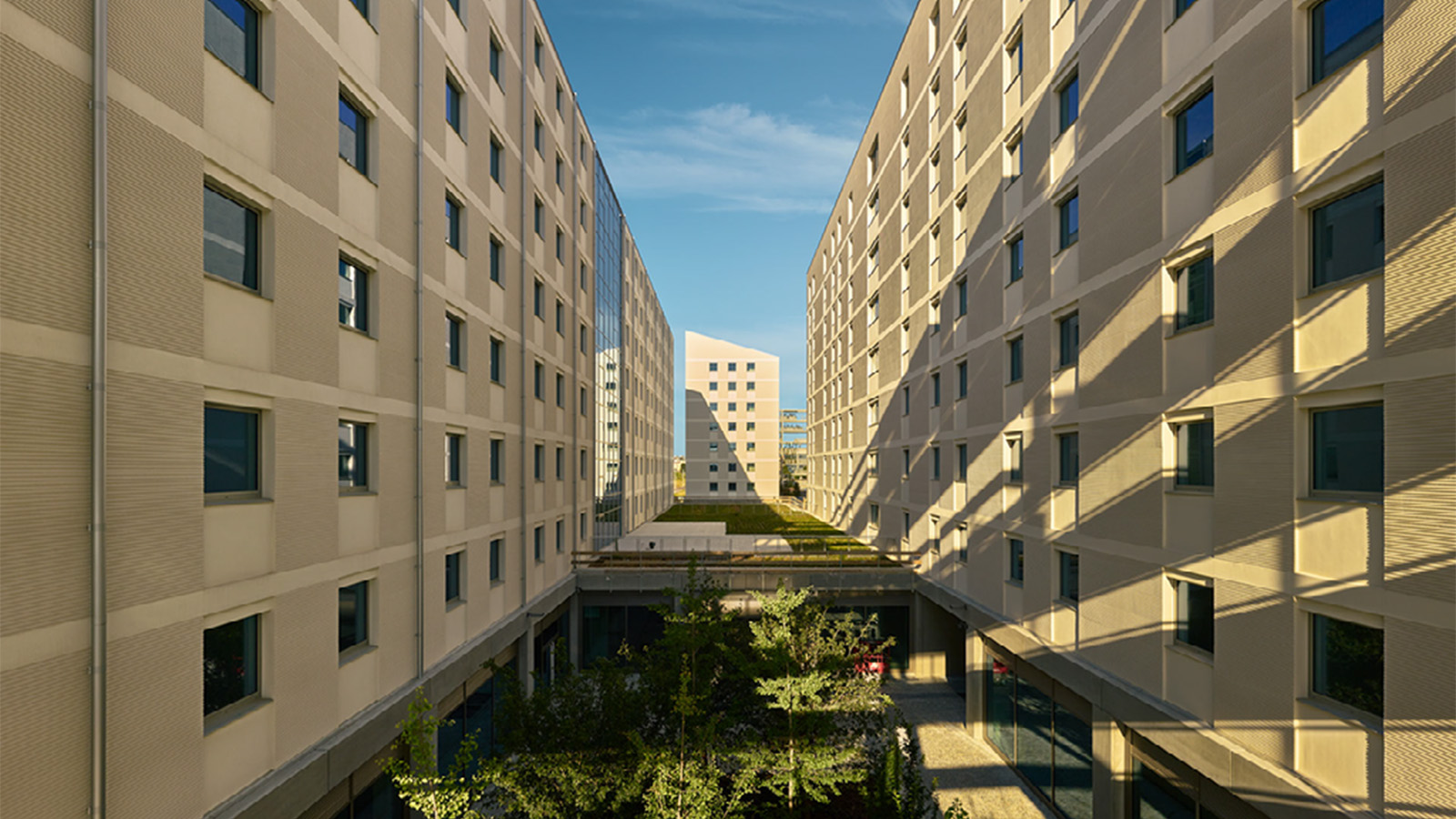 The 2026 Winter Olympics Village is complete. Take a look inside
The 2026 Winter Olympics Village is complete. Take a look insideAhead of the 2026 Winter Olympics, taking place in Milan in February, the new Olympic Village Plaza is set to be a bustling community hub, designed by Skidmore, Owings & Merrill
-
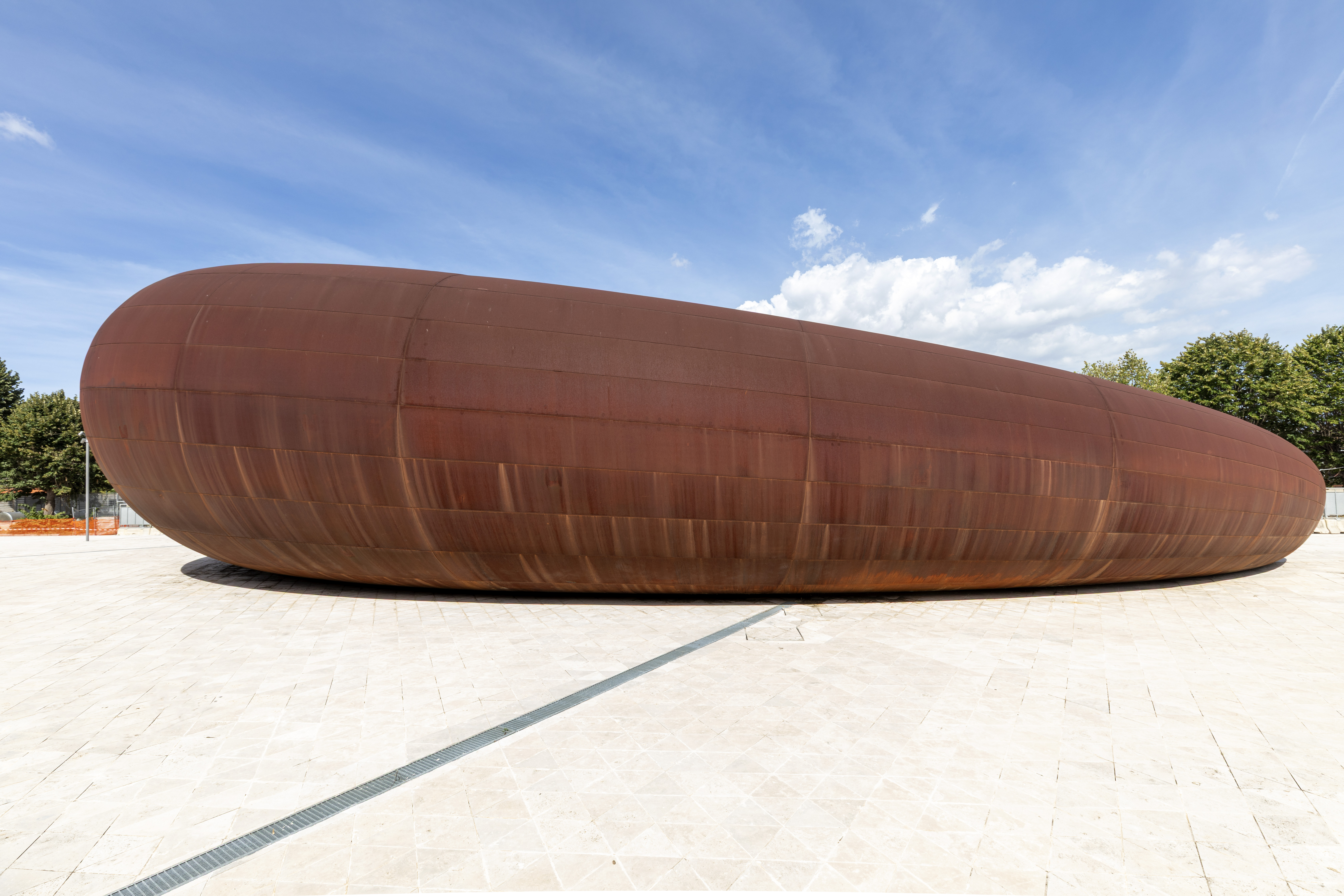 Anish Kapoor designs Naples station as a reflection of ‘what it really means to go underground’
Anish Kapoor designs Naples station as a reflection of ‘what it really means to go underground’A new Naples station by artist Anish Kapoor blends art and architecture, while creating an important piece of infrastructure for the southern Italian city